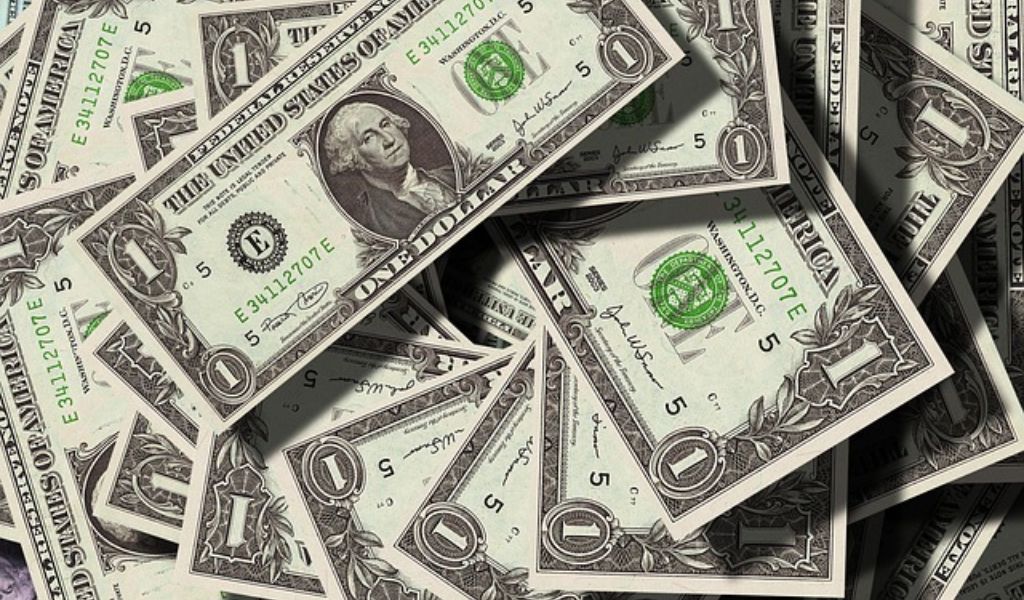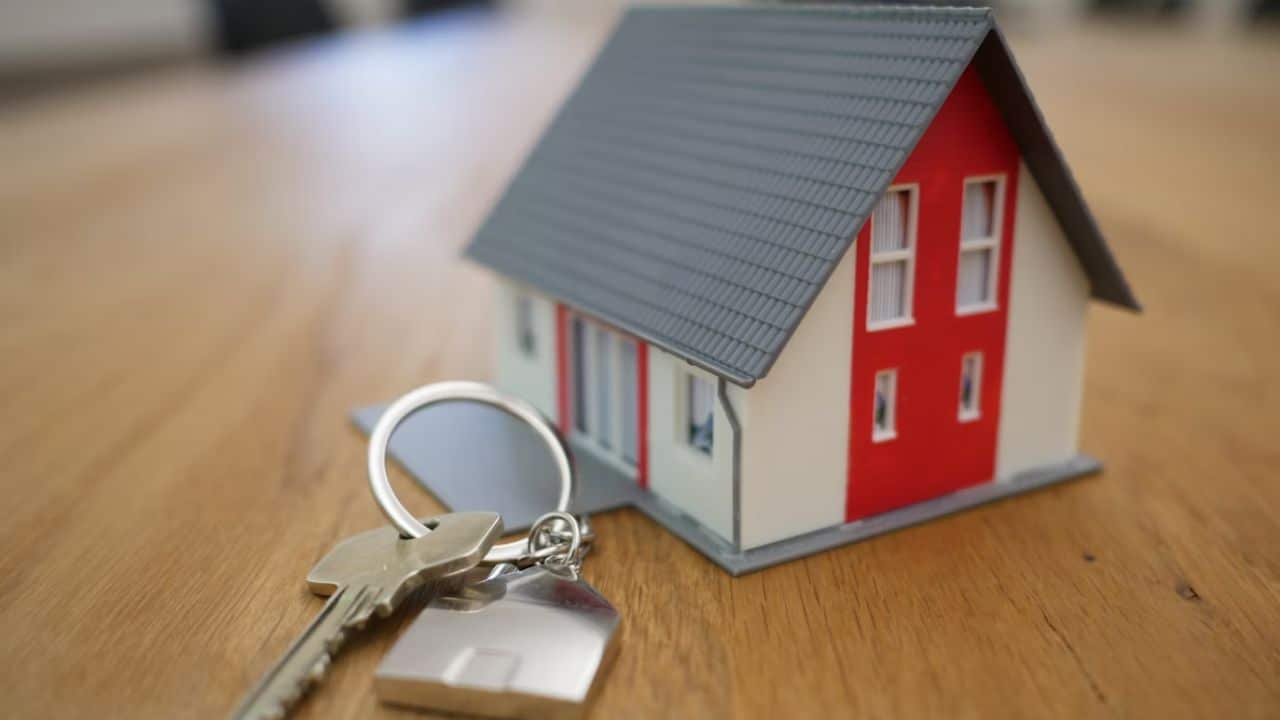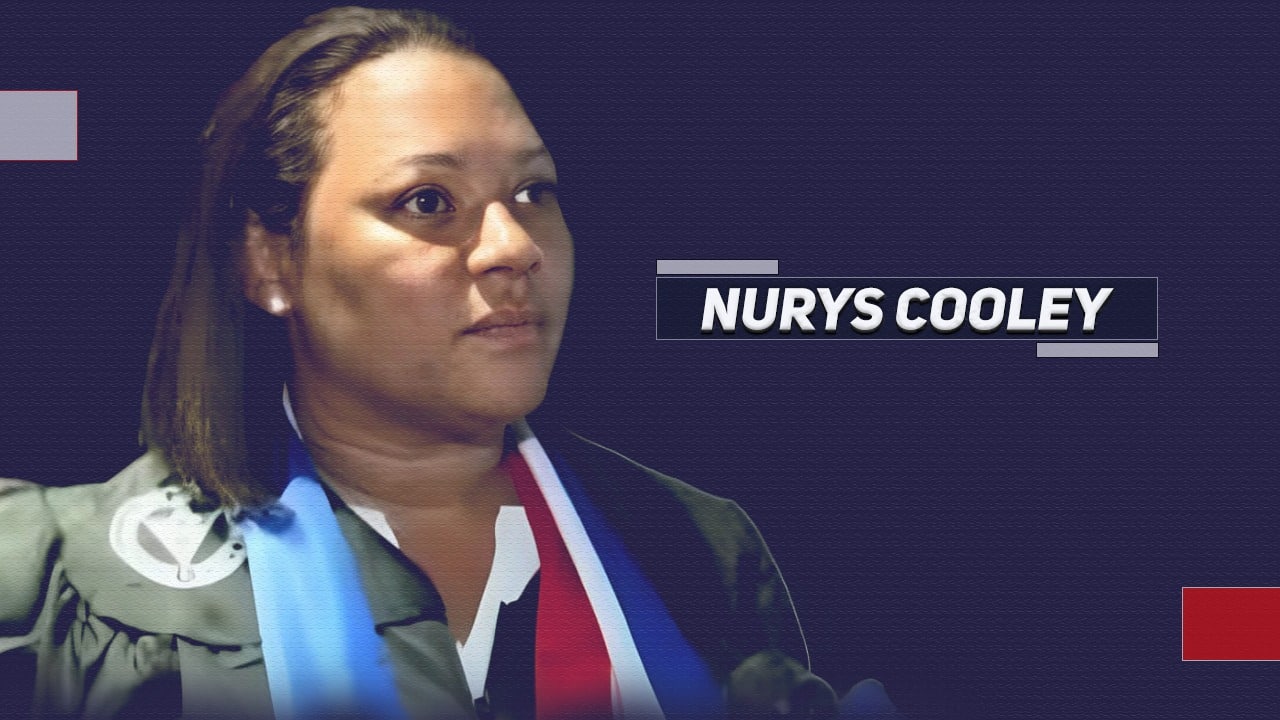Having an emergency fund is essential for protecting your finances in case life takes a turn for the worse. That curveball could be a job loss, a house repair, a car that won’t start, or a mountain of medical debt.
A recent CFP Board study indicated that 38% of participants considered the health of their emergency reserves to be “very concerning.” And that in and of itself is worrying. Is your emergency savings account well stocked? Or should you put more emphasis on increasing your savings?
You Need a Three-month Emergency Fund at a Minimum
Everyone has a different concept of what the ideal emergency fund should consist of. If you have numerous children to support and a mortgage to pay, you could feel the need to have more savings, whereas someone who is single and rents an apartment on a month-to-month lease that they can easily break might feel comfortable with less savings.
Because of this, you should make sure your emergency fund contains at least enough money to pay for three full months’ worth of necessary expenses. Beyond that, the decision of whether you should increase your savings is entirely up to you.
If you’re unsure whether you currently have enough money in your emergency fund, go through your receipts from the previous 12 months to determine how much you spent on your critical monthly costs. Doing this activity over the past 12 months, rather than just the last few, is crucial since you might find that some expenses (such life insurance premiums and property tax bills) only arise once a year or once every three months. And you should include those costs in your emergency reserve.
Let’s imagine you have $5,000 in savings and pay $3,200 in monthly necessities. That’s not too bad, and it’s much better than having no savings at all. But in that case, you should preferably strive for a minimum of $9,600. You wouldn’t even have enough money to pay for your necessities for two months if you suddenly found yourself out of a job and ineligible for unemployment benefits.
Consider Your Personal Comfort Level
Consider that you have $9,600 saved up in the bank and spend $3,200 per month on necessities. You’ve now completed three months, which is fantastic.
But if doing so gives you more peace of mind, you might still want to think about increasing your emergency fund beyond that amount. Unfortunately, when you’re forced out of a job, three months isn’t much time to look for another one. Additionally, if you are slammed with a major home repair, it can be enough to wipe out your emergency fund and leave you without any cash on hand.
Therefore, while having a three-month emergency fund is entirely good, you might wish to aim higher. If a financial crisis arises, doing so can actually make it simpler to survive it.






































